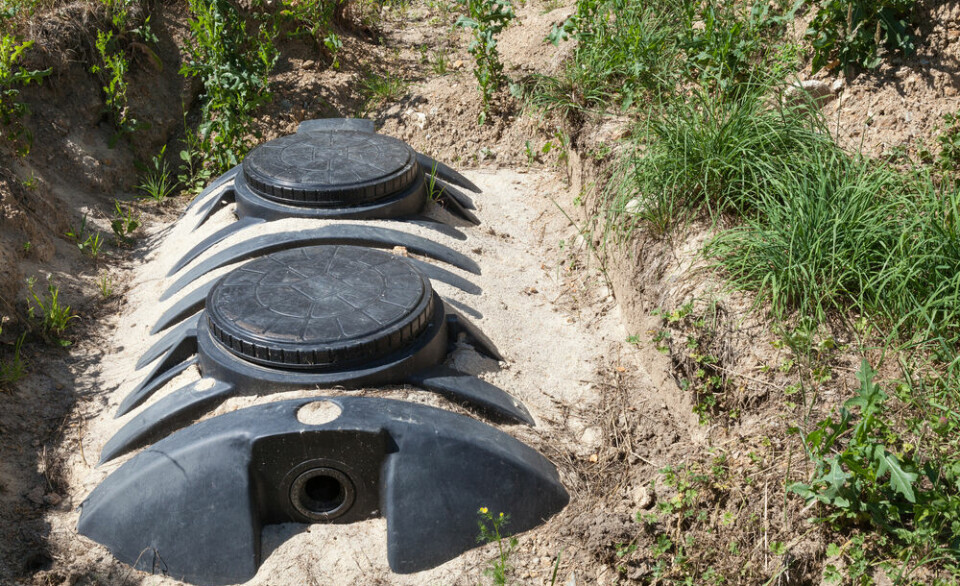-
Six quirky things to do in Strasbourg
Admire pastel-coloured timbered houses, visit a voodoo museum or take a bath... in beer
-
What you need to know before visiting the European Parliament in Strasbourg
Explore the heart of the EU in eastern France
-
French crafts in focus: Traditional dry-stone walling
Sébastien Heurtevent is leading a resurgence as an artisan murailler de pierres sèches in the Haute-Garonne region
Cordes-sur-Ciel: The pretty French town in the clouds
A tour through time into the long history of one of southwest France’s earliest revolutionary ‘bastide’ towns

The pretty medieval walled hill-top village of Cordes-sur-Ciel, Tarn, was one of the first Bastides in the southwestern region of Occitanie, created in 1222.
These settlements were a revolutionary idea at a time when most villages grew up around lord’s castles or monasteries. Bastides were designed to be self-sufficient villages where trade and wealth was developed by the people living in them.
They were fortified to keep out invading armies, but also gangs of robbers who might steal from the new trades.
Raymond VII of Toulouse created Cordes. He was back in power, after ridding the land of the Pope’s armies who had invaded to eliminate heretic Cathars, destroying villages and towns, leaving people homeless, and in need of new settlements.
Raymond VII named the Bastide after Córdoba in Spain, which had impressed him by its leather trade – it became the first and most important trade in the new town.
“This was followed by hemp and woollen cloth,” said tourist guide, Véronique Lanas, “which led to a profitable dying industry.
“Italians came to buy materials coloured a rich red from madder plants, yellow from saffron and a little later on blue from pastel, woad, which brought wealth to the whole region.
The climate and land was favourable for grain crops and merchants would come to buy wheat, oat and barley from the north.”
Cordes and its inhabitants became rich and built ornately decorated homes: “There are examples of each stage of the gothic period, from the early 13th century to the 15th century.
“Carvings on the outside show the rise in power of merchants, who now joined nobles and clerics on the town’s governing body, the Consul. A sculpted hunting frieze on the Maison du Grand Veneur, shows the owner could join the hunt, a sport previously open only to the aristocracy.
“Falcons were a symbol of nobility and are found on the Maison du Grand Fauconnier. There had been a shift in the balance of power.”
This period of wealth lasted until the 17th century, when the Canal du Midi, over a hundred kilometres away was opened, creating new trade routes, and destroying commerce in Cordes.
The town suffered from the Hundred Years War, the Wars of Religion and the decline of the woad trade when cheaper indigo was introduced from the Far East.
In 1834, Prosper Mérimée, the Inspector-General of Historic Monuments who influenced the restoration of Carcassonne and Notre Dame, came to Cordes and noted the worth of the Gothic architecture, which was later restored. More than twenty buildings are classified Historic Monuments, a large number for a small village.
In the late 1870s, a new trade emerged with the introduction of 600 embroidery looms and the famous Lacoste crocodile was made here. But the new source of revenue disappeared in the 1930s as embroidery went out of fashion.
In 1940, Jeanne Ramel-Cals, a celebrated Parisian poetess escaped the war in the north to settle in Cordes. Other artists and writers followed her, giving the village a new life as an artistic centre, which endures today.
To honour her, the mayor changed the name in 1993 to Cordes-sur-Ciel, the name she liked to call it because in autumn and spring, the medieval village seems to hover above the clouds, due to the thick valley mist below.
Related stories
This French village sits between heaven and earth
Rodez, a tale of two cities in the pink
























